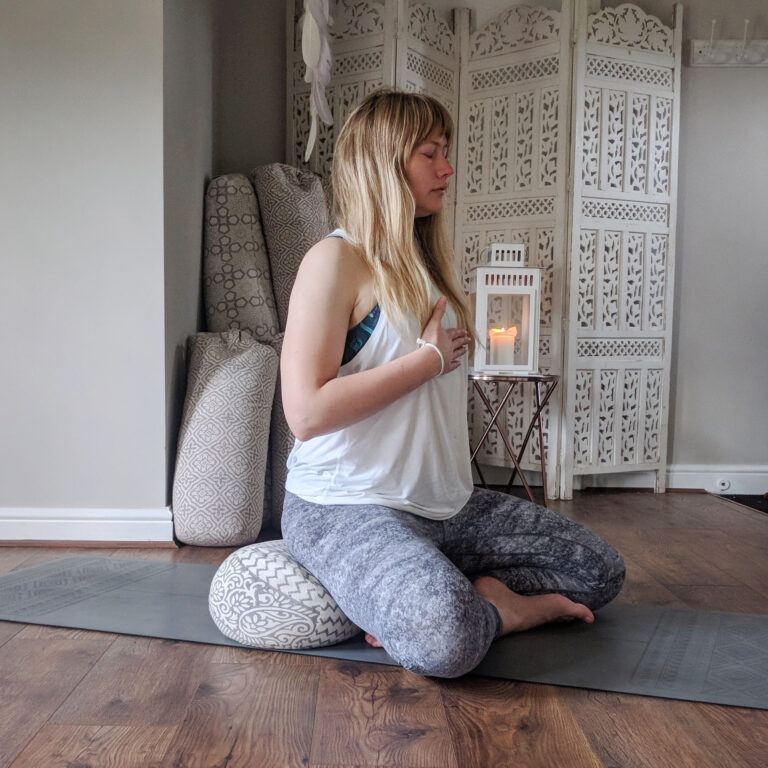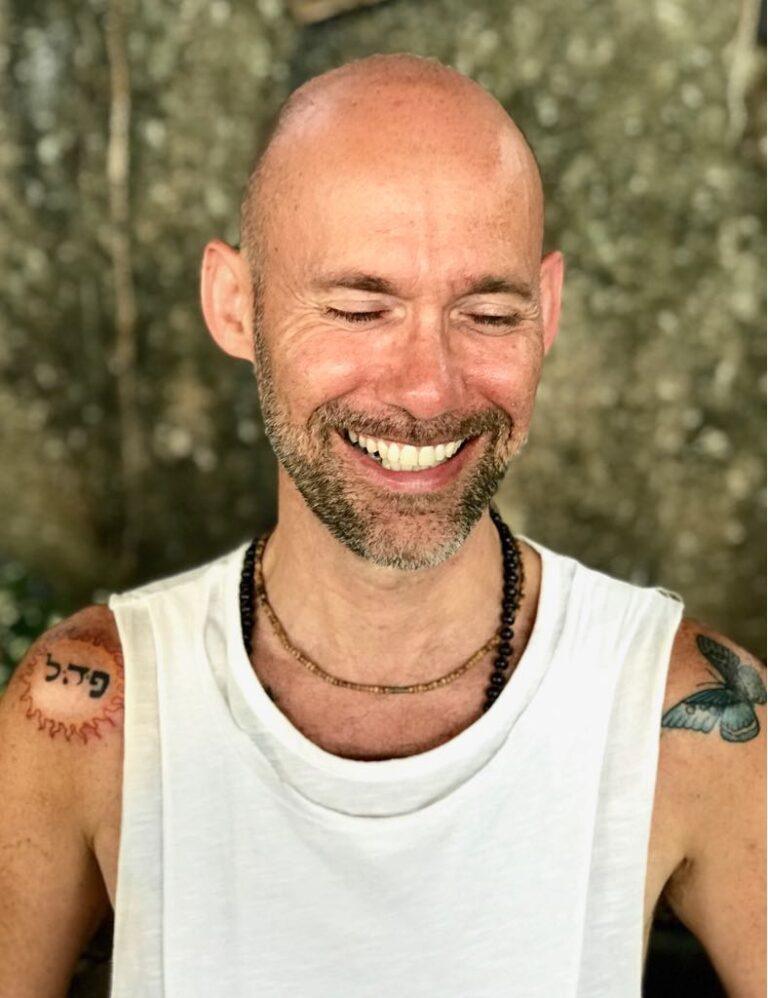October means many things – Thanksgiving, Halloween, the final quarter of the year – however most importantly, October is also Breast Cancer Awareness Month. Each year, the month is dedicated to raising awareness of and funds for life-saving research for breast cancer through donation campaigns and dedicated products.
Despite incredible advancements in survival rates, according to the Canadian Cancer Council, breast cancer is still the most common cancer and the second leading cause of cancer death among Canadian women. The most recent statistics indicate that 1 in 8 Canadian women are expected to develop breast cancer at some point in their life.
Every year fashion, beauty and lifestyle brands release dedicated collections and products for Breast Cancer Awareness Month, with a percentage of proceeds being donated to cancer research and prevention. Below, discover the pieces you can shop this year to help make a difference.
Rethink Breast Cancer
Rethink Breast Cancer, a Canadian breast cancer awareness organization aimed at young women, has tapped more than 20 local and international brands to create pieces for its annual breast cancer awareness collection. Smythe, Deux Lions, BIKO, Ellie Mae, Unika and Gee Beauty are just some of the brands who have partnered with the organization to create limited-edition capsule collections, proceeds from which will be donated to Rethink Breast Cancer’s initiatives. Products include rose gold jewellery pieces, clothing, candles, swimwear, face masks, skincare and more so there’s something for everyone (and everyone you know!).
Discover the collections here.
Peloton
Fitness brand Peloton is supporting Breast Cancer Awareness Month with the release of its Stronger capsule collection. The collection is comprised of eight pieces for men and women, and includes a matching sports bra and leggings set, a loungewear set, a T-shirt, tank, exercise shorts and a tote. The brand will donate 20 per cent of the proceeds (up to $25,000) from the collection – which is available to purchase in Canada – to the Breast Cancer Research Foundation (BCRF). Myra Biblowit, the president and CEO of BCRF said in a release, “Thanks to research, we know that exercise and a healthy lifestyle play a critical role in mitigating breast cancer risk. That’s why our partnership with Peloton is especially meaningful – improving women’s health is our shared mission.”
Shop the collection here.
David Yurman
2020 marks the 12th year that fine jewellery brand David Yurman has teamed up with the BCRF to help raise funds for the organization. This year, the brand is releasing the Renaissance Cable Bracelet in aluminum and pink acrylic, and a Cable Classic Rose Candle. 20 per cent of the purchase price from these items will be donated to the BCRF. Not in the market for a fine jewellery piece but still want to contribute? The brand has also launched a pink rubber Cable Bracelet to be sold for just $25 and 100 per cent of the net profits from the sale of this piece will be donated to the BCRF.
Shop the collection here.
Estée Lauder Companies
Beauty giant Estée Lauder is going all in on breast cancer awareness this month, with 20 of its brands creating limited edition products or pledging donations in support of the cause. Limited edition products include a hand cream from Aveda, a hair primer from Bumble & bumble, a specially-packaged serum from Darphin, Estée Lauder’s Advanced Night Repair Synchronized Multi-Recovery Complex which comes with a bracelet, a sheet mask from GlamGlow, moisturizer from Origins and a fragrance from Jo Malone. Jo Malone also joins Becca, LAB Series, Smashbox and Tom Ford Beauty in making generous donations directly to the BCRF.
The post All of the Products You Can Buy Now to Support Breast Cancer Awareness Month appeared first on FASHION Magazine.
from FASHION Magazine https://ift.tt/3lkTO3V
via babu31blog






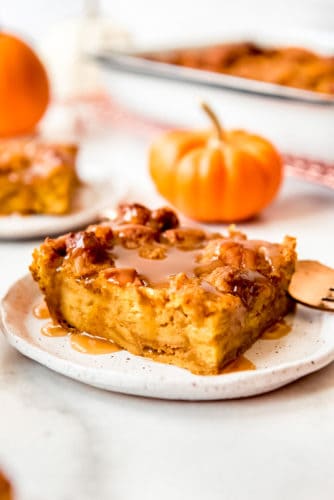
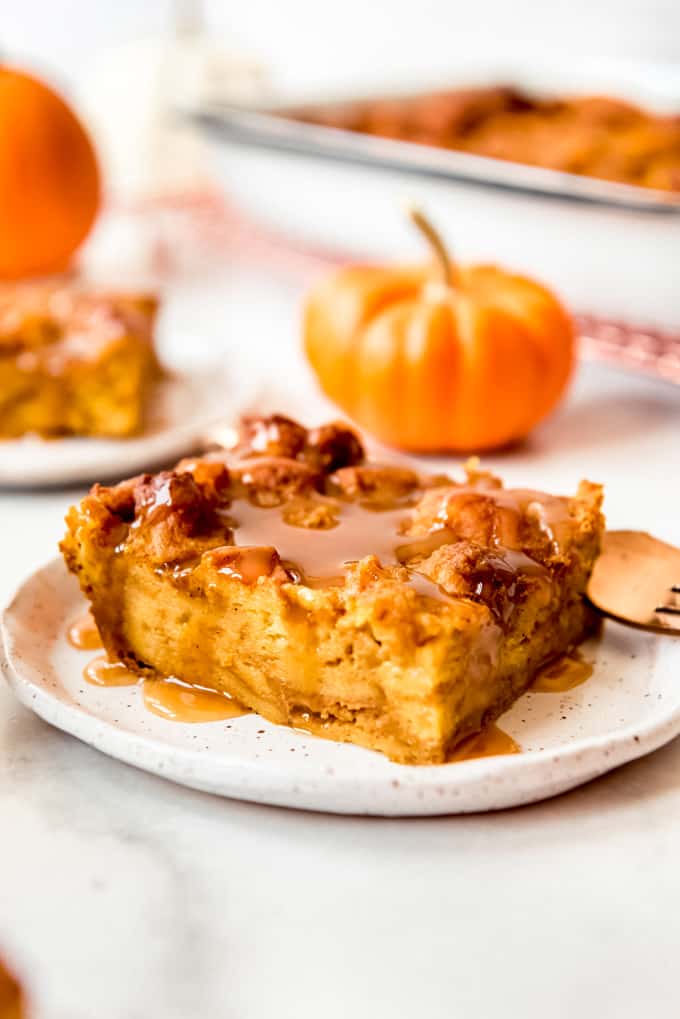
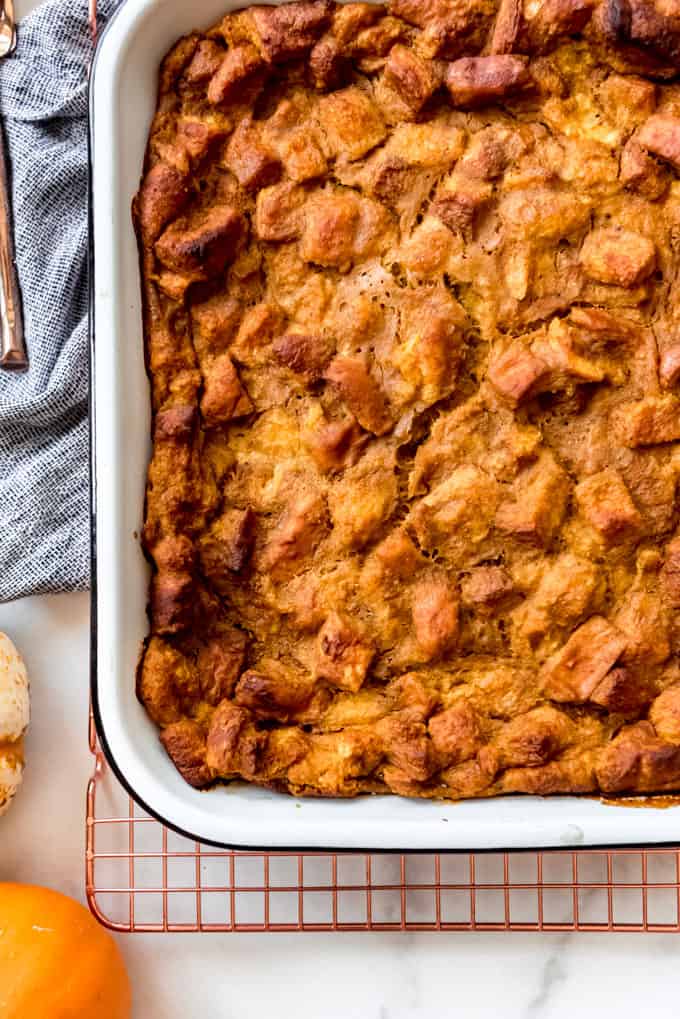

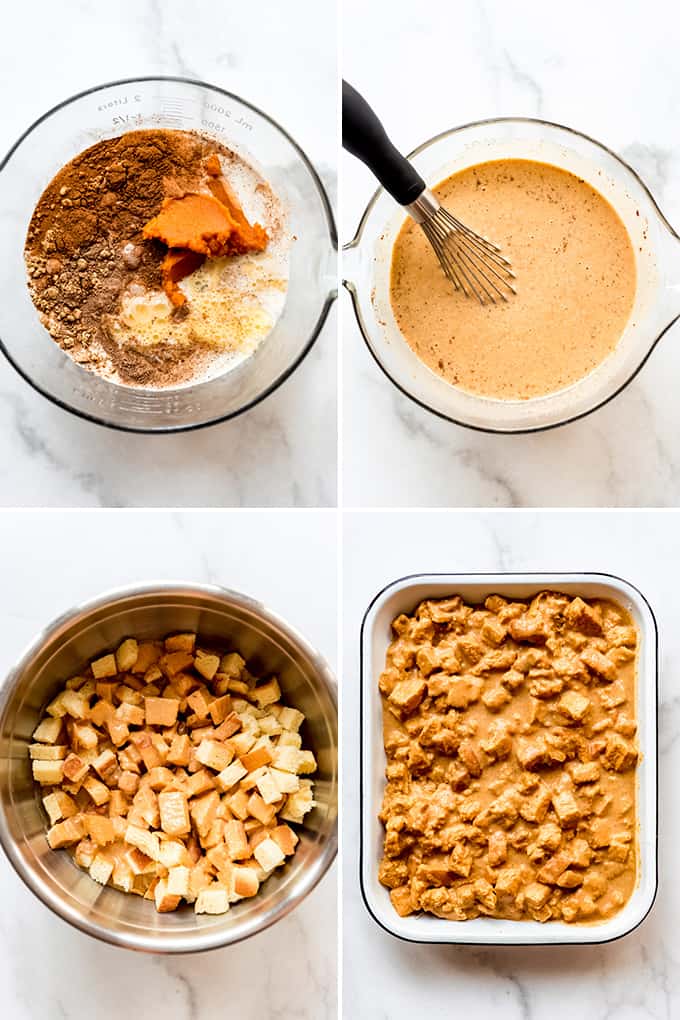


 Activ5
Activ5 Groov-e SportsBuds
Groov-e SportsBuds Cowboy 3
Cowboy 3 Jessie Laute is a Wellness & Empowerment Coach, Transformational Breath® Group Leader and founder of Phoenix Breathwork.
Jessie Laute is a Wellness & Empowerment Coach, Transformational Breath® Group Leader and founder of Phoenix Breathwork.